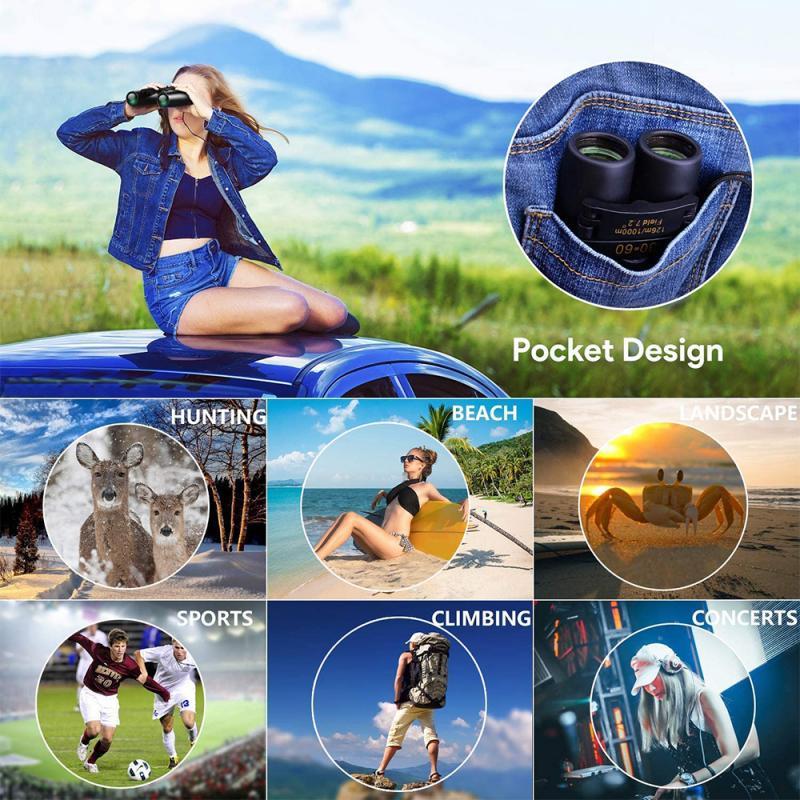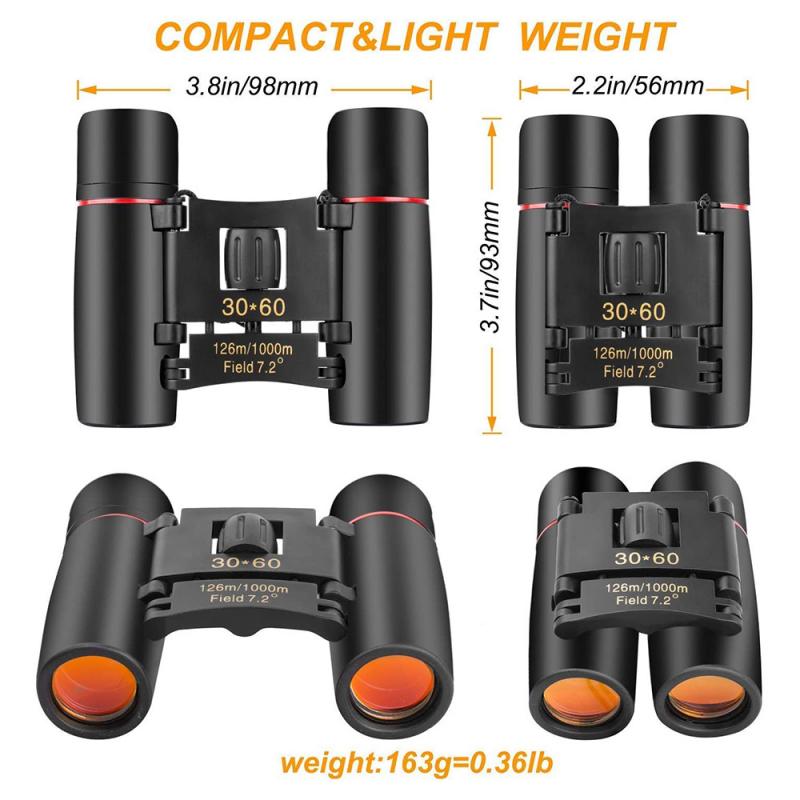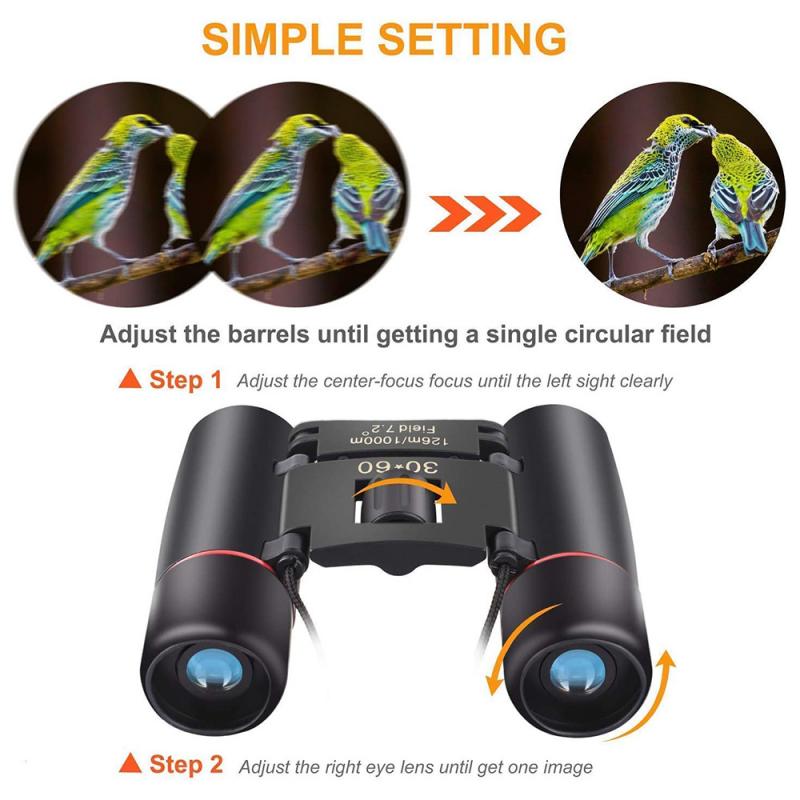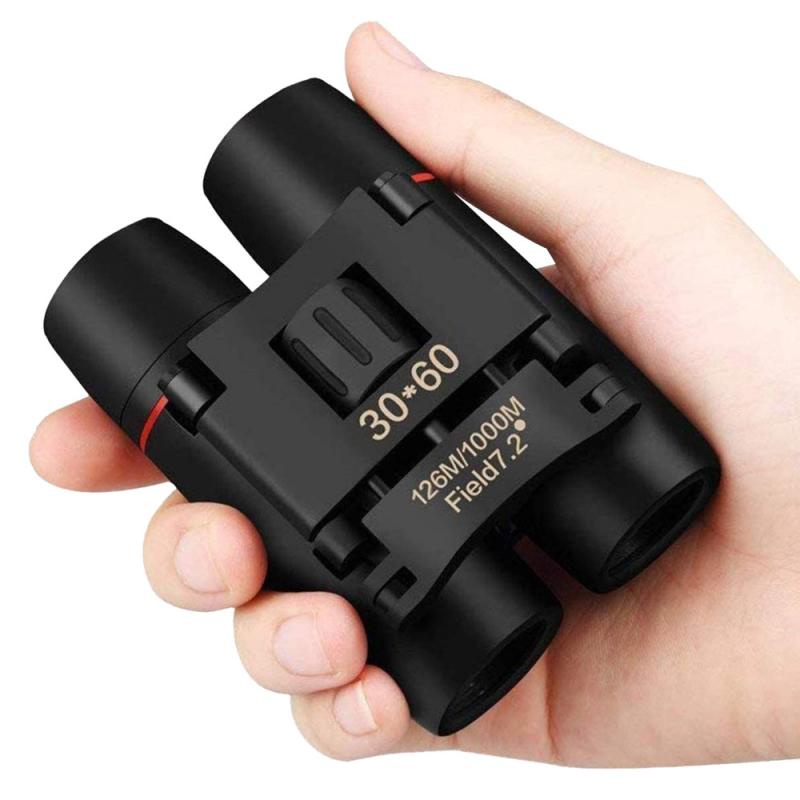How To Focus Binoculars?
Focusing binoculars is a crucial skill for anyone who enjoys bird watching, stargazing, or simply observing nature. Properly focused binoculars can make a significant difference in the clarity and detail of what you see. In this article, we will delve into the step-by-step process of focusing binoculars, common issues you might encounter, and tips for maintaining your binoculars to ensure they provide the best possible viewing experience.
Understanding the Basics of Binoculars

Before we dive into the focusing process, it’s essential to understand the basic components of binoculars. Most binoculars have two main focusing mechanisms: the central focus wheel and the diopter adjustment. The central focus wheel adjusts the focus for both eyepieces simultaneously, while the diopter adjustment allows you to fine-tune the focus for one eyepiece to account for differences in vision between your two eyes.
Step-by-Step Guide to Focusing Binoculars

1. Adjust the Eye Cups: Start by adjusting the eye cups. If you wear glasses, you’ll want to twist the eye cups down. If you don’t wear glasses, twist them up. This adjustment ensures that your eyes are at the correct distance from the lenses.
2. Set the Interpupillary Distance: The interpupillary distance (IPD) is the distance between the centers of your eyes. To set this, hold the binoculars up to your eyes and move the barrels closer together or farther apart until you see a single, circular field of view. This step is crucial for comfortable viewing.
3. Close Your Right Eye: Close your right eye or cover the right objective lens with your hand. Look through the left eyepiece with your left eye and use the central focus wheel to focus on a distant object. Turn the wheel until the object appears sharp and clear.
4. Close Your Left Eye: Now, close your left eye or cover the left objective lens with your hand. Look through the right eyepiece with your right eye. Use the diopter adjustment (usually located on the right eyepiece) to focus on the same distant object. Turn the diopter adjustment until the object appears sharp and clear.
5. Fine-Tune the Focus: Open both eyes and use the central focus wheel to make any final adjustments. The object should now be in sharp focus for both eyes. If it’s not, repeat the previous steps to ensure both eyes are correctly focused.
Common Issues and Solutions

Even after following the steps above, you might encounter some common issues. Here are a few and their solutions:
- Double Vision: If you see two overlapping images, your IPD might not be set correctly. Adjust the barrels until you see a single, circular field of view.
- Blurry Image: If the image is blurry, ensure that both the central focus wheel and the diopter adjustment are correctly set. You might need to repeat the focusing process.
- Eye Strain: If you experience eye strain, it could be due to incorrect IPD or improper eye cup adjustment. Make sure the eye cups are set correctly for your eyes and that the IPD is properly adjusted.
Tips for Maintaining Your Binoculars

Proper maintenance of your binoculars is essential for ensuring they provide the best possible viewing experience. Here are some tips:
- Keep Them Clean: Use a soft, lint-free cloth to clean the lenses. Avoid using paper products or your shirt, as these can scratch the lenses. For stubborn dirt, use a lens cleaning solution specifically designed for optics.
- Store Them Properly: When not in use, store your binoculars in a protective case. This helps prevent dust and dirt from accumulating on the lenses and protects them from accidental damage.
- Avoid Extreme Temperatures: Extreme heat or cold can damage the internal components of your binoculars. Try to avoid leaving them in a hot car or exposing them to freezing temperatures for extended periods.
- Check for Alignment: If you drop your binoculars, they might become misaligned, leading to double vision. If this happens, you might need to have them professionally realigned.
Advanced Tips for Optimal Viewing
For those who want to take their binocular viewing to the next level, here are some advanced tips:
- Use a Tripod: For extended viewing sessions, especially with high-magnification binoculars, consider using a tripod. This helps reduce hand shake and provides a stable viewing platform.
- Learn to Use the Diopter Lock: Some binoculars come with a diopter lock feature. Once you’ve set the diopter adjustment, you can lock it in place to prevent accidental changes.
- Practice Focusing Quickly: In situations like bird watching, where the subject might move quickly, practice focusing your binoculars rapidly. This skill can be developed with practice and will enhance your viewing experience.
- Understand the Field of View: The field of view (FOV) is the width of the area you can see through your binoculars. A wider FOV is beneficial for tracking moving objects, while a narrower FOV provides more detail. Choose binoculars with an appropriate FOV for your needs.
Focusing binoculars might seem daunting at first, but with practice, it becomes second nature. By following the steps outlined in this article, you can ensure that your binoculars are correctly focused, providing you with clear and detailed views of your surroundings. Remember to maintain your binoculars properly to keep them in optimal condition, and consider advanced tips to enhance your viewing experience further. Whether you’re a seasoned bird watcher or a casual nature observer, properly focused binoculars can significantly enhance your enjoyment and appreciation of the world around you.
